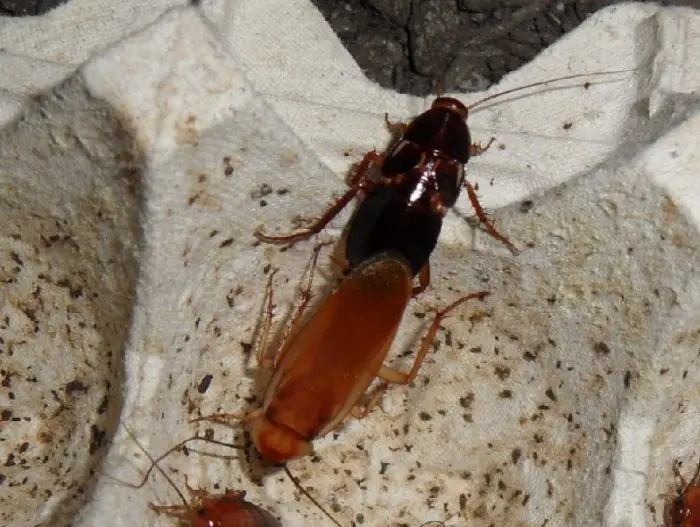How Do Cockroaches Mate?

Cockroaches, for many of us, they’re the stuff of nightmares. Yet, as with all creatures, the cycle of life depends on their ability to reproduce. While the mere thought of multiplying cockroach populations might be unpleasant, the intricate dance of their mating is a fascinating story of evolution, survival, and behavior. In this article, we explore the intimate details of how cockroaches mate.
The Prelude to Mating
Before delving into the mechanics, it’s vital to understand how male and female cockroaches find one another in the vast expanses of our homes, sewers, and wild environments.
Cockroaches, like many insects, use chemical cues known as pheromones. Female cockroaches release specific pheromones to signal their readiness to mate. These chemical messages are potent, drawing males from a distance.
Courtship Dance
Once a male roach has detected a potential mate’s pheromones, a courtship ritual begins. The specifics can vary depending on the species, but it takes more work.
For the German cockroach, one of the most common household invaders, the female raises her wings, making herself more visible and accessible to the male. The male, in turn, may engage in a series of behaviors like antennae flicking and abdomen bending.

The Mating Process
Upon successfully courting the female, the male deposits a sperm packet, known as a spermatophore. This is not directly transferred but left for the female to pick up and insert into her reproductive tract. This indirect method might seem inefficient, but it’s a safeguard that ensures only the most compatible mates successfully reproduce.
Once the female receives the spermatophore, she fertilizes her eggs. Shortly thereafter, she will produce a protective case for her eggs known as an ootheca. This tough, protective case shields the eggs from the environment and potential predators. Depending on the species, a single ootheca can contain anywhere from a dozen to over fifty eggs!
Post-Mating
An exciting aspect of cockroach reproduction is the female’s ability to store sperm for extended periods. Some species can use the sperm from a single mating event to fertilize multiple batches of eggs over time. This strategy ensures that even if a female doesn’t encounter another male for a while, she can still continue to produce offspring.
Furthermore, cockroach species have evolved various reproductive strategies to increase their chances of survival. While some species produce large numbers of offspring quickly, others invest more resources in fewer offspring, giving them a better individual chance of survival.
Environmental Factors
Temperature, humidity, and other environmental factors can be pivotal in the cockroach mating process. Optimal conditions can expedite the reproductive cycle, leading to rapid population booms.
This rapid reproduction, combined with their adaptability, makes cockroaches particularly challenging pests to control.
When Is Cockroach Mating Season?
Cockroach mating season primarily occurs during the summer months. This season provides the warm and moist environment necessary for their eggs to survive and develop. During the colder winter months, their reproductive activities significantly decrease.
How Do Cockroaches Reproduce Asexually?
Female cockroaches have the ability to reproduce through parthenogenesis. This is a form of asexual reproduction where the females produce eggs without requiring mating with a male.
Cockroach Reproduction Rate?
A cockroach typically has a lifespan of one year. Within this period, a female cockroach can produce approximately 200 to 300 offspring. This translates to around 6 generations of cockroaches annually, with baby roaches maturing into adults in a span of three to four months.
Conclusion
While they might not be the most beloved creatures, cockroaches offer resilience and adaptation lessons. Their mating rituals, reproductive strategies, and ability to thrive in diverse environments make them one of Earth’s most successful insect species.
In understanding the cockroach’s reproductive process, we gain insight into the creature and the broader tapestry of evolution and survival. Even if we’d rather not find them in our kitchens, there’s no denying the intricate beauty of the natural processes that allow these creatures to thrive.

James E. Butkovich, Pest control maven with a knack for eco-friendly & Chemical solutions. Blogger with a mission to make homes pest-free, one post at a time.